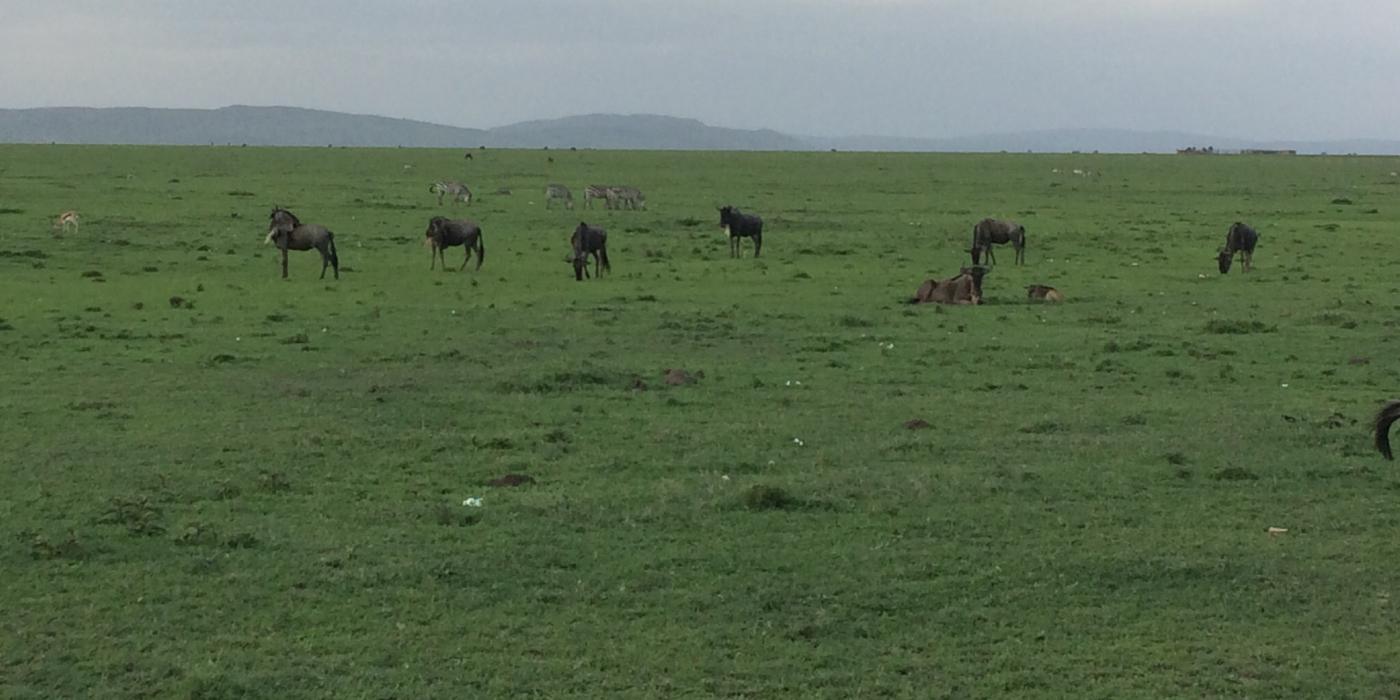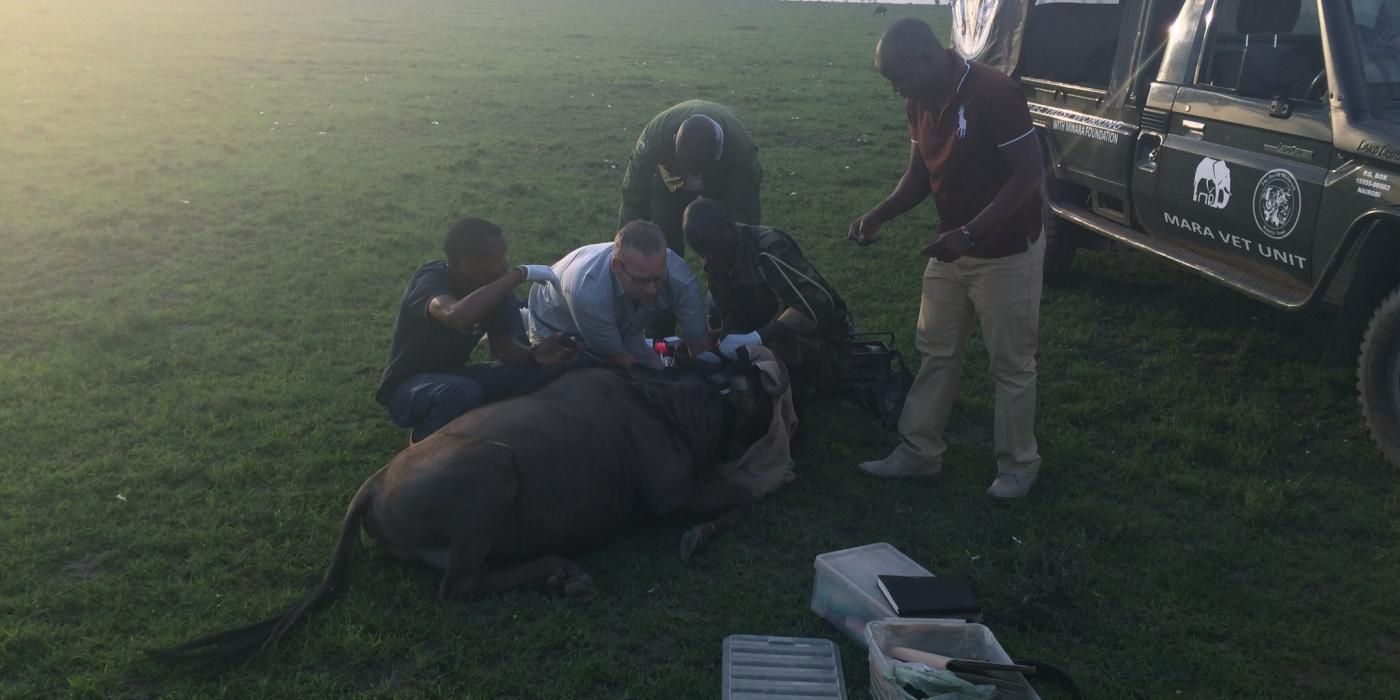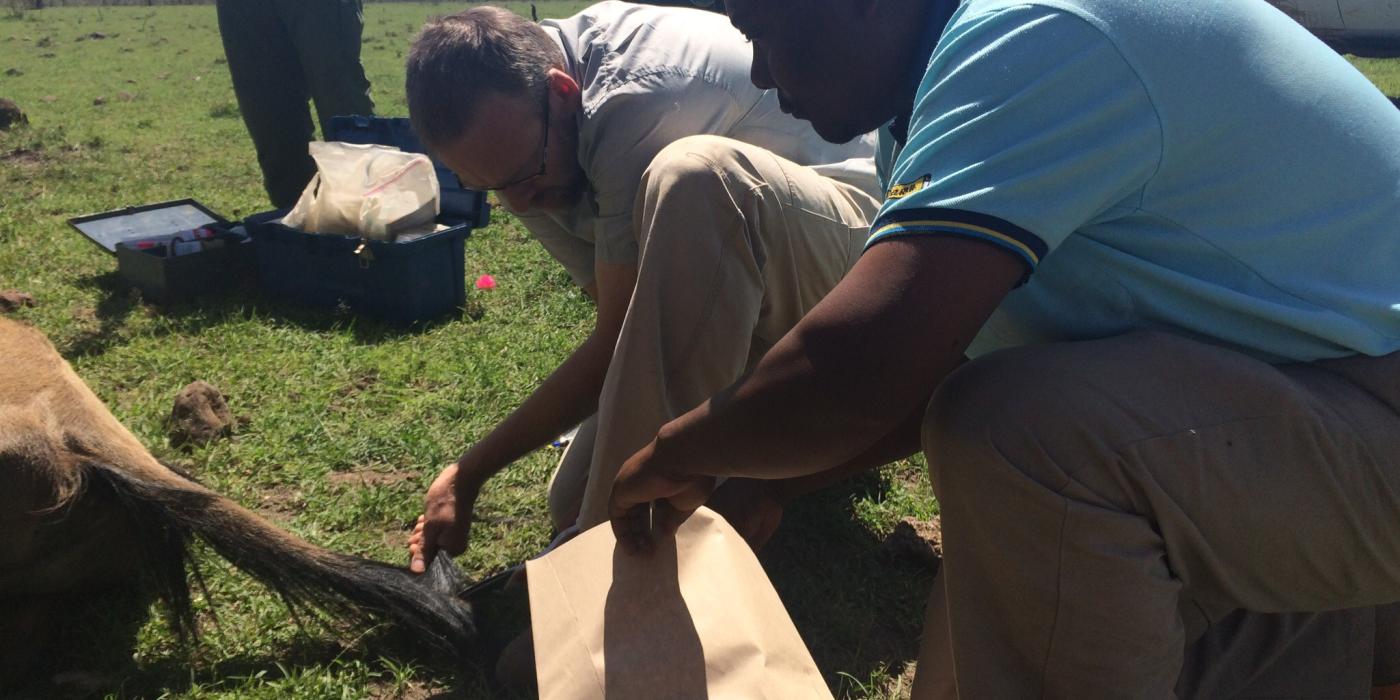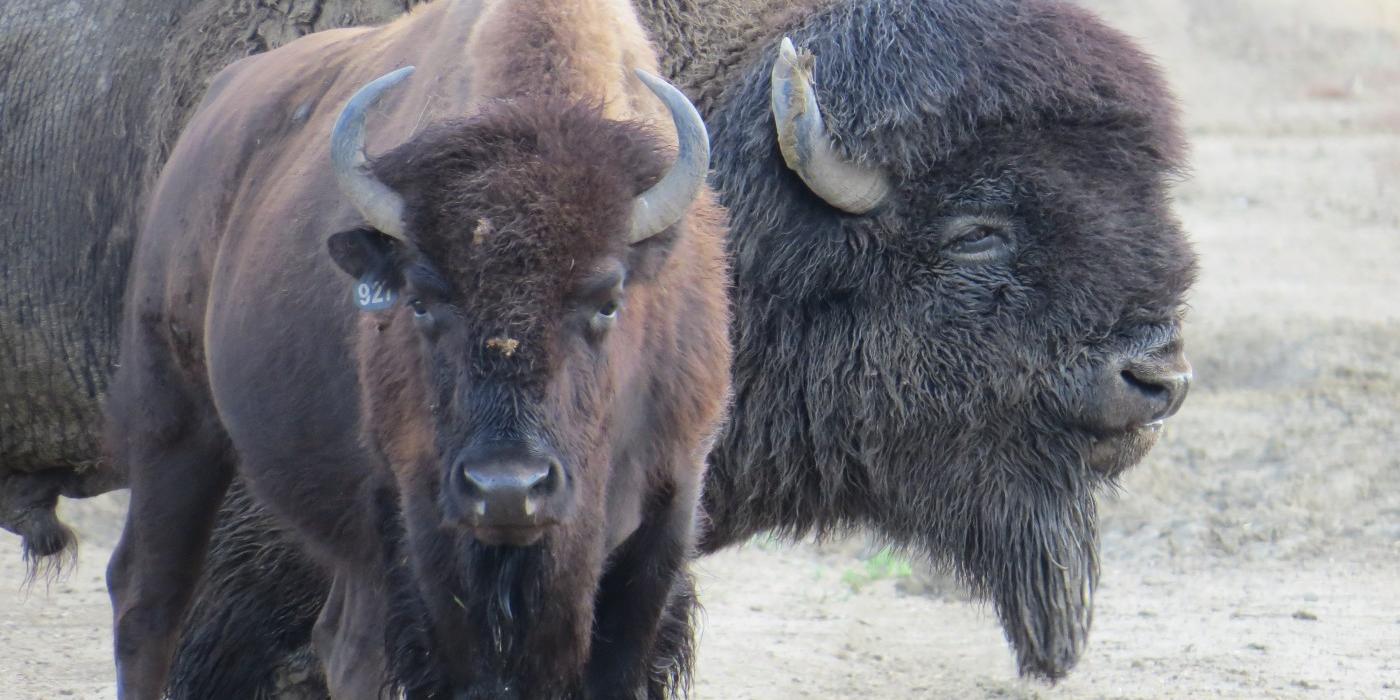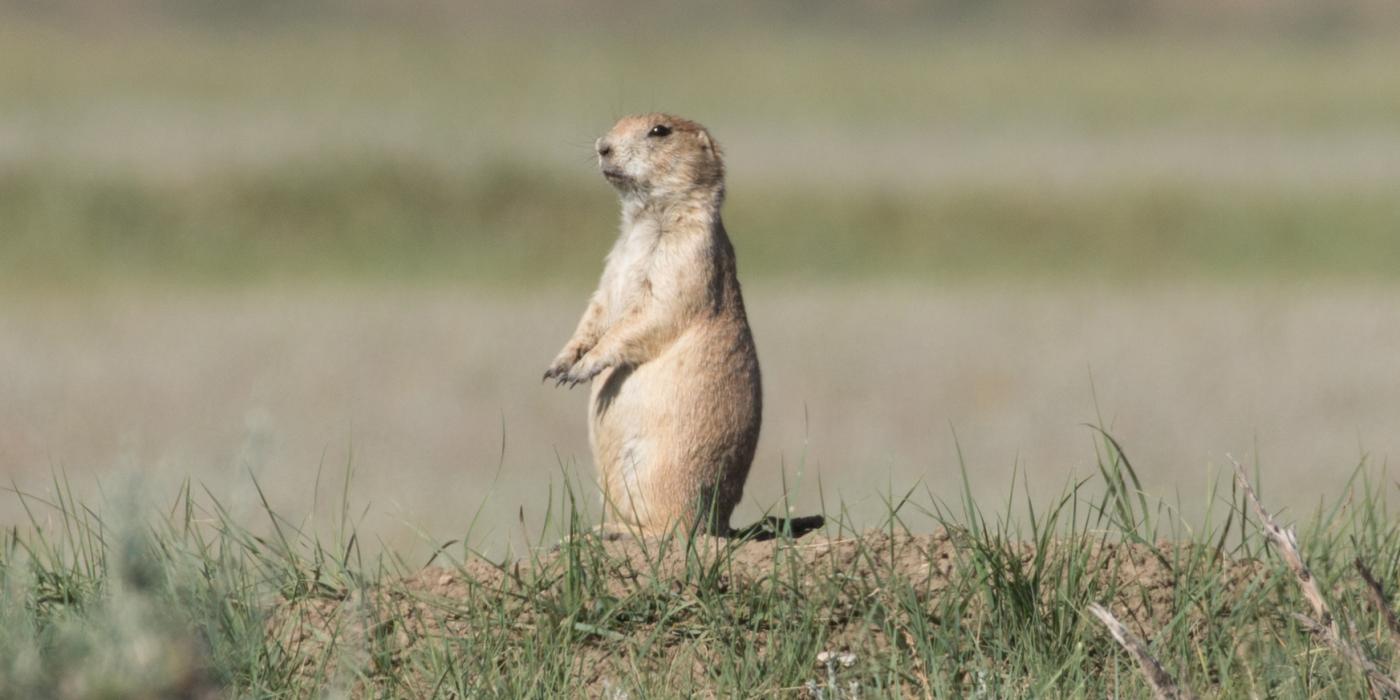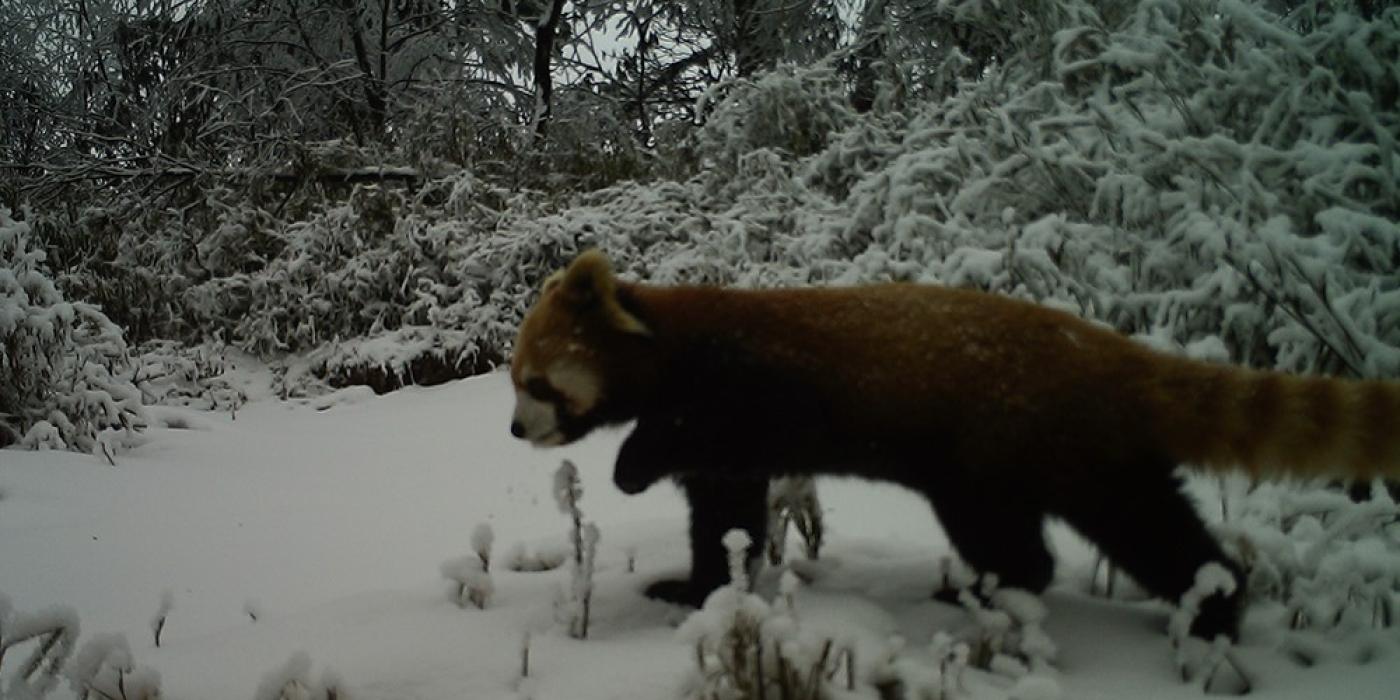Fantastic Wildebeests and Where to Find Them
It’s not easy to be low on the food chain. But white-bearded wildebeests face a threat even greater than lions and leopards. Habitat loss and fragmentation are causing an alarming collapse in their numbers, says Smithsonian Conservation Biology Institute scientist Jared Stabach. In March, he traveled to Kenya to join University of Glasgow and Kenya Wildlife Service colleagues track how these fantastic ‘beests’ are faring when food is scarce.
If wildebeests are not endangered, why study them?
What most folks don’t realize is that many wildebeest populations have experienced widespread and precipitous declines over the past few decades. In some areas, these population declines are as high as 85-95 percent. As the dominant grazer across East African savannahs, they affect nearly every aspect of the ecosystem from local biodiversity, wildfire intensity, food web structure and the local economy.
One of the big concerns is that some of these wildebeest populations share common habitat ranges throughout portions of the year. The Serengeti migratory population, for example, share a dry season habitat range with the Maasai Mara resident population. This habitat is a hugely important common resource to each population. How long will it take or under what conditions will the migrant population experience a similar decline to the resident population? The loss or severe reduction in this migrant wildebeest population would be expected to have long-term and far-reaching ecosystem consequences. In this way, studying populations in decline can inform our expectations about populations that are currently stable.
What are you hoping to learn?
The questions we’re trying to answer are: how do animals move and respond to changing habitat conditions? Where are the essential corridors that connect populations and which areas are vital to survival? Is there a measurable ecosystem effect that coincides with the loss or severe reduction in this species?
These are important questions because of the recognized importance of the species and the rapid population declines that have been observed in resident populations across the region. Every animal has a place in the ecosystem. By studying how wildebeest respond to landscape changes, scientists and local communities will have a better understanding of the important role they play.
What is driving the decline in wildebeest populations?
The African landscape is changing. Certainly, part of these changes are driven by natural forces (and climate change in particular). But, manmade changes have had a drastic effects on the area where wildebeest graze. In Kenya, for example, the privatization of land has led to increased levels of fencing, a process that fragments the landscape and limits the ability of animals to move. This is particularly important in dryland systems, where animals must move between seasonally available resources to meet daily requirements.
How are you studying wildebeest movements?
To understand how this changing landscape will affect wildebeests’ ability to survive, the University of Glasgow and Kenya Wildlife Service are working together to learn how land-use changes, particularly fencing, are affecting wildebeest movements. The Smithsonian Conservation Biology Institute is helping Professor Grant Hopcraft’s efforts by supplying five satellite tracking collars. The collars provide us with information about each animal’s position over time, which in turn can be used to determine how animals respond to fenced boundaries, roads and other related infrastructure.
How does the team choose which animals to collar?
Professor Hopcraft and the Kenya Wildlife Service team searched for reproductively active female wildebeests to collar. Mothers with calves who are nursing are “eating for two”—that is, they need to eat enough plants to sustain themselves and to produce enough milk for their young. They are the most interesting from a research perspective, because they must continually be on the move to meet energy demands. If she is unable to find enough high quality plant material to eat, neither will survive for long.
What can this research teach us that we didn’t already know about wildebeest?
As part of the Smithsonian’s Movement of Life initiative, we’re interested in learning how animals (big and small) move across land and seascapes. Wildebeests embark annually on one of the last remaining great terrestrial mammal migrations on earth, moving thousands of kilometers in their lifetimes. Yet, we know surprisingly little about the vast majority of migratory species on our planet. How can we conserve a species if we do not have the fundamental information to understand an animals’ core needs?
Movement is essential to increasing this understanding. One animal we tracked dispersed 250 kilometers from its initial collaring location, or about 155 miles—and that was just in one direction. Why did it move in this direction and would similar movement be observed if we monitored the animal for multiple years? Certainly, an animal can clock thousands of miles over its lifetime!
Aside from tracking the wildebeest with GPS collars, Professor Hopcraft is also using ground-breaking techniques to analyze isotopes within the tail hair of collared animals! These data will provide us with important information about the habitat where animals are located, along with providing information on the animal’s health and reproductive status. By combining these data sources, we increase our understanding of the needs of the population. In doing so, it is our hope to provide the relevant information to better conserve this species into the future.
This article appears in the May 2017 issue of National Zoo News.

